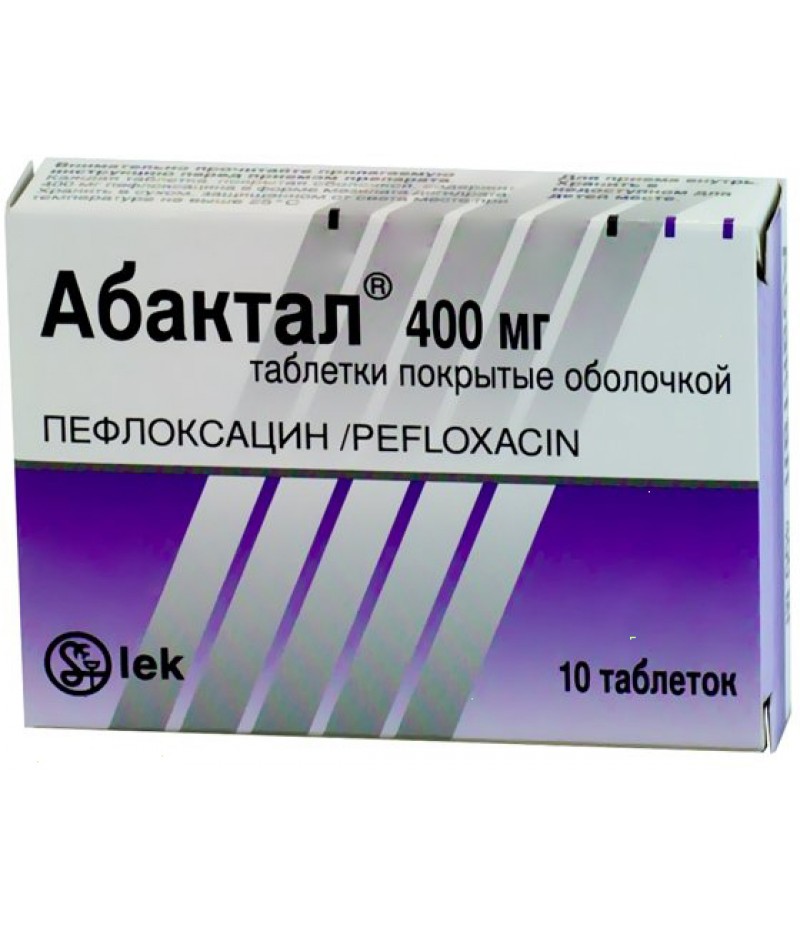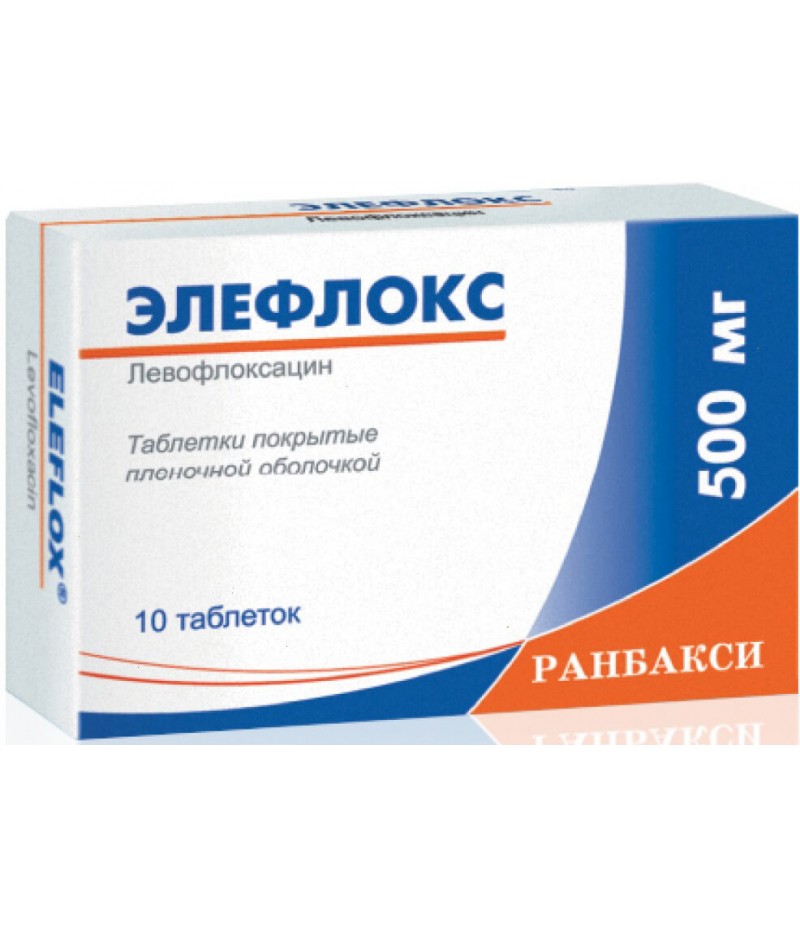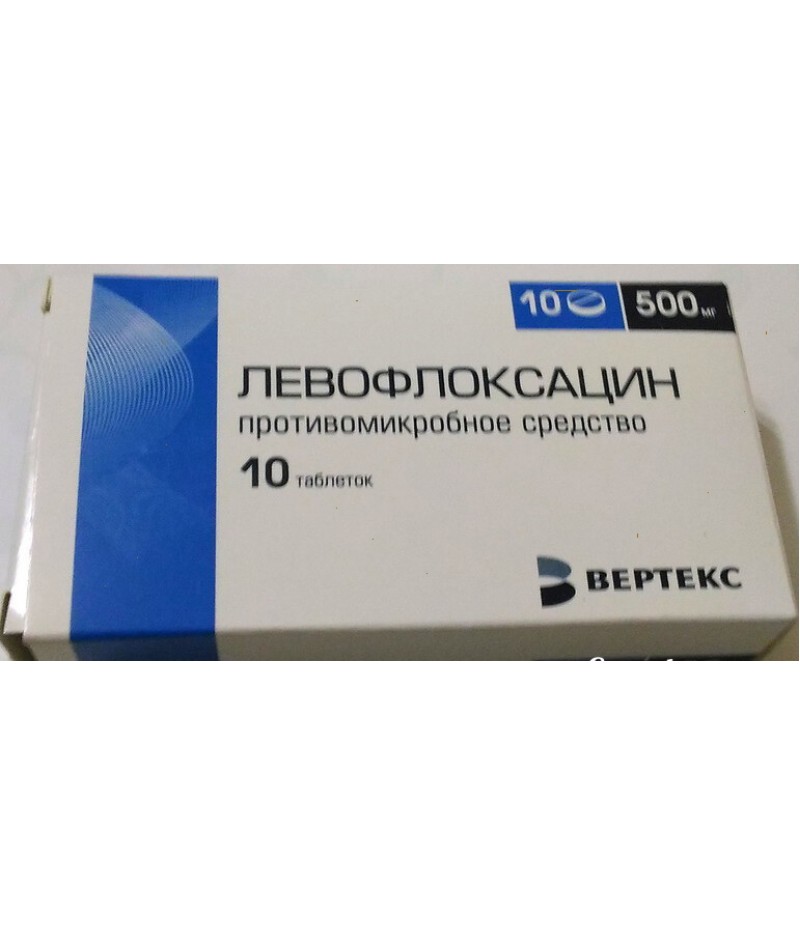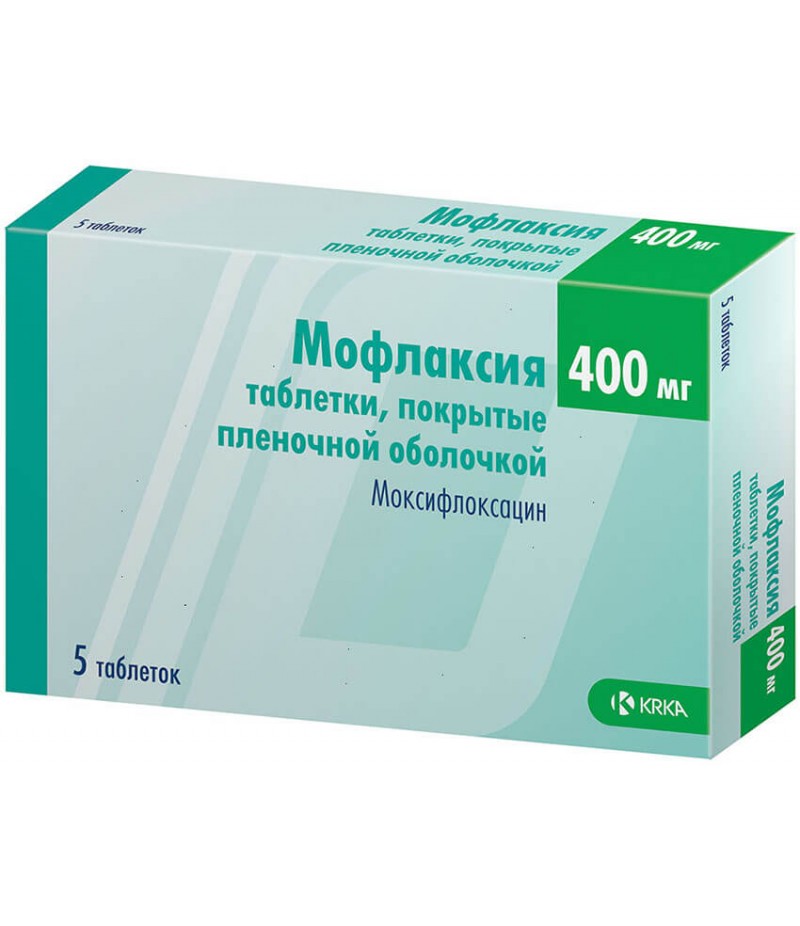Abaktal tabs 400mg #10
- $12.25
- Availability:In Stock
Reed more and buy Abaktal hereAbaktal instruction for useCompositionIn 1 tablet pefloxacin mesylate 400 mg.In 5 ml pefloxacin mesylate concentrate 400 mg.Form of issueTablets in a shell.Concentrate for the preparation of an infusi..
Reed more and buy Abaktal here
Abaktal instruction for use
Composition
In 1 tablet pefloxacin mesylate 400 mg.
In 5 ml pefloxacin mesylate concentrate 400 mg.
Form of issue
Tablets in a shell.
Concentrate for the preparation of an infusion solution of 5 ml in an ampoule.
pharmachologic effect
Antimicrobial.
Pharmacodynamics
The active substance is an antimicrobial agent from the group of fluoroquinolones with a bactericidal action. The mechanism of action is the inhibition of the enzyme DNA-gyrase, disrupts the replication of DNA from bacteria and the A subunit of ribonucleic acid, as a result of which the synthesis of proteins in bacterial cells is disrupted. It acts on the cells of gram-negative bacteria in the phases of rest and division, on cells of gram-positive bacteria only in the phase of mitotic division.
Abaktal has a wide spectrum of antimicrobial action.
Of gram-positive bacteria, Staphylococcus aureus, Staphylococcus saprophyticus, Staphylococcus epidermidis are sensitive to it. Less sensitive are Enterococcus spp, Streptococcus spp. and Streptococcus pneumoniae.
From Gram-negative cocci and bacteria, Escherichia coli, Serratia spp Klebsiella spp., Enterobacter spp., Proteus mirabilis, Haemophilus influenzae, Proteus vulgaris, Salmonella spp., Citrobacter spp., Neisseria gonorrhoeae, Shigella spp., Campylobacter spp. Are sensitive to it. Intracellular parasites of Legionella spp., Chlamydia spp., Ureaplasma urealyticum, Chlamydophila pneumoniae. Less sensitive are Mycoplasma spp., Gardnerella vaginalis, Clostridium perfringens.
The drug is resistant to: Staphylococcus spp., Listeria spp, Mycobacterium tuberculosis, Clostridium spp. and gram-negative anaerobes.
It does not break down under the action of beta-lactamases, it acts on strains resistant to cephalosporins, penicillins and aminoglycosides. Has postantibiotic effect.
Pharmacokinetics
In 20 minutes. after taking 90% of the drug is absorbed into the digestive tract. Cmax is determined within 1.5 hours. With a daily intake of 400 mg of the drug, the residual concentration in the blood is determined within 48 hours. After intravenous administration, the pharmacokinetics does not differ from that after ingestion.
20 - 30% binds to plasma proteins. Has a high volume of uniform distribution and good penetration across all tissues, organs and fluids of the body.
Therapeutically, concentrations in saliva, sputum, peritoneal fluid, bile, semen, myocardium, intestinal and gallbladder walls, bone tissue, prostate gland are higher than blood concentrations.
Metabolised in the liver. T1 / 2 after a one-time admission - 10 hours, with repeated admission - 12 hours. Metabolites are excreted by the kidneys (31-59%) and bile (20-30%).
Indications for Abaktal
bacterial meningitis, post-traumatic and postoperative meningitis;
sinusitis, mastoiditis;
chronic bronchitis in the stage of exacerbation, pneumonia (community-acquired and hospital), bronchiectasis;
cholecystitis, cholangitis, peritonitis, infectious complications of pancreatitis;
exacerbation of chronic pyelonephritis and urinary tract infection;
pelvioperitonitis, tubo-ovarian abscess, salpingo-oophoritis, endometritis;
orchitis, prostatitis, orcoepididymitis;
osteomyelitis, soft tissue infections;
bacterial endocarditis;
gonorrhea, chlamydia;
escherichiosis, salmonellosis, shigellosis, typhoid fever, iersiniosis, cholera, paratyphoid.
Indications for use also indicate that Abaktal is effective in preventing any infections in patients with immunodeficiency.
Contraindications
severe allergic reactions to drugs from the group of quinolones;
hypersensitivity to fluoroquinolones;
hemolytic anemia;
lactose intolerance, impaired absorption of glucose and galactose;
age to 18 years;
lactation;
pregnancy.
C caution is prescribed for atherosclerosis of the brain vessels, epileptic syndrome, cerebral circulation, renal and hepatic insufficiency.
Side effects
depression, fatigue, headache, insomnia, convulsions, anxiety, irritability, nightmares, hallucinations, vision disorders;
nausea, diarrhea, abdominal pain, decreased appetite, bloating, pseudomembranous colitis, increased transaminases in the blood, hepatitis, cholestatic jaundice;
dizuricheskie rvsstroi, crystalluria, glomerulonephritis;
skin rash, hives, photosensitivity, angioedema, bronchospasm;
leukopenia, agranulocytosis, neutropenia, eosinophilia, thrombocytopenia;
myalgia, tendonitis, arthropathy;
tachycardia, prolongation of the Q-T interval.
Abaktal, instructions for use (Method and dosage)
Abaktal is taken orally during meals. The average SD is 800 mg, MD is 1200 mg.
Take 400 mg twice a day, with an interval between doses of 12 hours.
With infections of the genitourinary system (for example, cystitis), 400 mg can be taken once a day.
In uncomplicated gonorrhea take 800 mg once.
If the liver function is abnormal, there is a slowing down of Abaktal excretion, so a daily dose of 400 mg once or twice a day. In reducing the dose for renal dysfunction is not necessary.
Overdose
It manifests as symptoms: vomiting, nausea, psychomotor agitation, loss of consciousness and convulsions.
Treatment is symptomatic on the background of sufficient fluid intake.
Interaction
With regard to gram-negative aerobes, pefloxacin together with aminoglycosides have a synergistic effect, so the dose of aminoglycosides should be reduced. Synergistic and cumulative effects are observed with the co-administration of this drug with beta-lactam antibiotics, Rifampicin and Fosfomycin.
Reduces the metabolism of NSAIDs, theophylline and caffeine - this can lead to an increase in their concentration in the blood and CNS.
Reduces the prothrombin index, and therefore patients who are forced to take oral anticoagulants need to monitor blood coagulability.
Cimetidine increases T1 / 2 of the drug, and reduces overall clearance. Antacids on the basis of aluminum, magnesium, as well as iron and zinc-containing preparations slow down absorption, so the intake of these drugs must be spread over time.
Co-administration of quinolones and Ciclosporin causes an increase in creatinine in the blood, and the administration of pefloxacin in combination with metronidazole is possible.
With the simultaneous administration of tetracycline or chloramphenicol with Abaktal antagonism is observed.
The use of this drug with GCS increases the risk of tendonitis and damage to the Achilles tendon. Solution for infusion can not be diluted nat. solution.
Storage conditions
At a temperature of not more than 250C.
Shelf life
3 years.
Reviews about Abaktal
Fluoroquinolones are highly effective drugs that also act on intracellularly located microorganisms. Abaktal in organs and tissues creates a concentration 2-7 times higher than the concentration in the blood. A long withdrawal period allows them to be administered 2 times a day.
Analyzing reviews about Abaktal, we can conclude about their effectiveness in pyelonephritis, prostatitis, sinusitis and gynecological diseases. This is a relatively low-toxic drug, but there may be side effects when they are taken.
So, there are reviews of the appearance of headache, anxiety, insomnia, irritability and even hallucinations. In 3-6% of patients, heartburn, nausea, and abdominal pain occur. An increase in the level of transaminases, which indicates a violation of liver function, is normalized after the drug is discontinued. In the elderly, tendinitis, tendovaginitis, and joint pains appeared.





